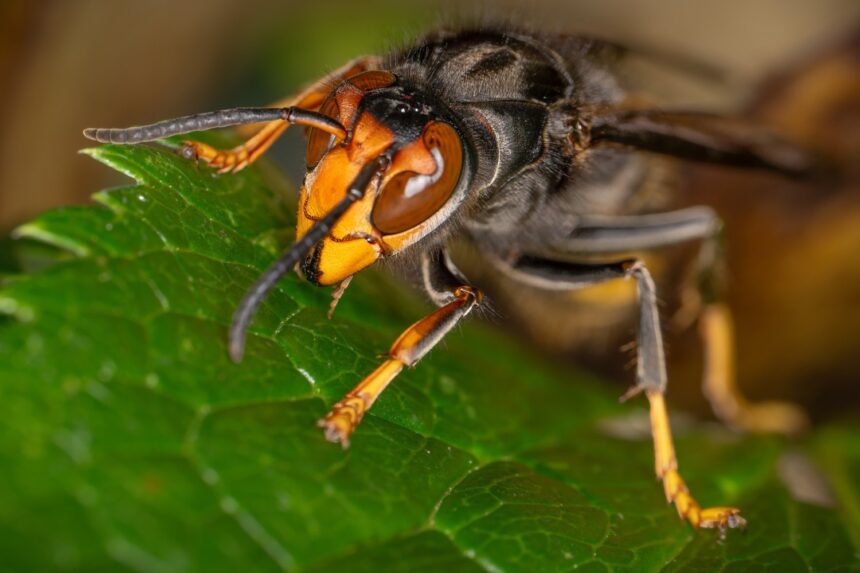It’s time to pour one out for the murder hornet. Federal and state officials in Washington announced this week that the northern giant hornet (Vespa mandarinia) has been officially eradicated from the United States.
Officials from the Washington State Department of Agriculture (WSDA) and the United States Department of Agriculture (USDA) reported the good news on Wednesday. The decision to declare the insect eradicated was made after three years of no confirmed sightings in the state or elsewhere in the country. Scientists were worried that the pest could have become a prolific predator of honeybees and other native pollinators had it gained a foothold in the area.
“We are proud of this landmark victory in the fight against invasive species,” said Mark Davidson, deputy administrator at USDA’s Animal and Plant Health Inspection Service, in a statement from the WSDA.
V. mandarinia is the largest hornet wasp living today. It’s nicknamed the murder hornet because of its viciousness toward other insects, not humans (that said, their stings may be responsible for up to 50 human deaths a year). The wasps are known to completely slaughter beehives within hours, often by decapitating their prey. They originate from Asia and first began to appear in the U.S. and Canada along the Pacific Northwest in 2019.
For the next few years, officials, scientists, and the public waged a small-scale war against the hornet. People would spot a potential hornet nest in their neighborhood, call their local entomologist, and once a sighting was confirmed, the scientists would track down the nest and wipe it out. At the peak of its invasion, the scientists killed as many as 1,500 hornets per nest. But since 2021, the hornet hasn’t shown itself in the state—well, probably.
The WDSA did receive an image of a “suspicious hornet” from a resident in Kitsap County earlier this October. The scientists weren’t able to obtain an actual specimen from that sighting, however. As a precaution, the WDSA set traps and encouraged residents in the area to report any shifty-looking wasps, but no further evidence of the hornet’s renewed presence ever emerged. It’s likely that this initial report was simply a misidentification (something that happens quite often with these insects in particular), but the WSDA does plan to lay traps in the county next year just in case.
“Although they are now eradicated from the state, we’ll always be keeping an eye out for them and encourage community members to do the same. They got here once and they could do it again,” said Sven Spichiger, WSDA pest program manager, in a statement.
Unfortunately, the murder hornet isn’t the only invasive bee-killing wasp that’s stirring up trouble in the U.S as of late. And both native and farmed bees are still facing many other dangers threatening their population numbers. But for once, it looks like we were able to stop an environmental disaster in the making before it was too late.
Read the full article here












